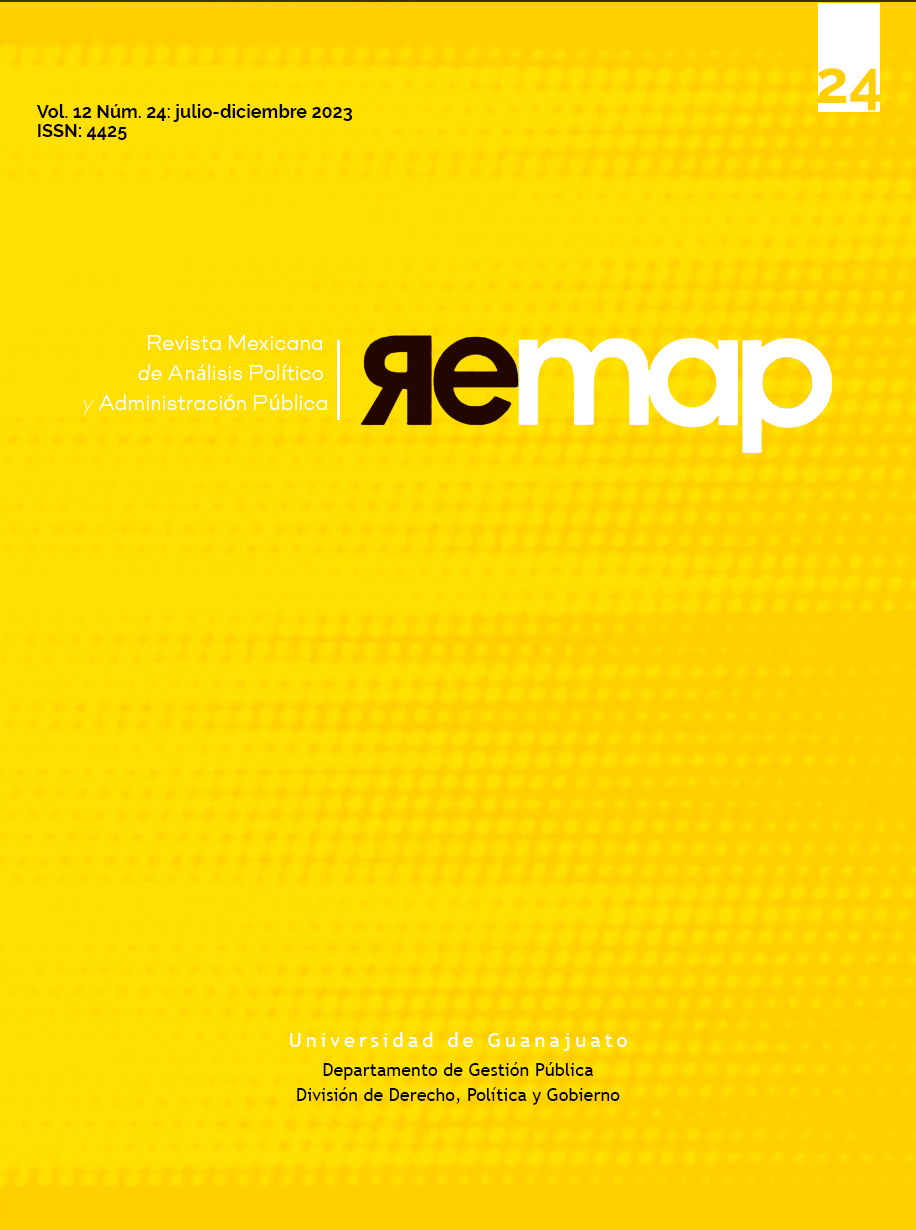Fragmentation, Polarization, And Low Institutionalization of The Party System. The Peruvian Case Between 2001 And 2022
DOI:
https://doi.org/10.15174/remap.v12i24.411Abstract
This research analyzes the Peruvian party system between 2001 and 2022 through a longitudinal and comparative study. During this period, a very low institutionalization of the party system, growing tensions between the executive and the legislature, and progressive fragmentation and atomization of Congress stand out. This party fragmentation was reflected in the executive, where 12 presidents held office and eight vacancy processes were initiated, but also in the legislature, with high volatility and difficulty in reaching majorities. Thus, Peru has become an interesting case study on the effects that a party system with low institutionalization can have on the political system as a whole and the importance of analyzing this variable. In this sense, the harmful effects on both powers and governance are evidenced, as well as the absence of indicators that attest to possible consolidation.
Downloads
Published
How to Cite
Issue
Section
License
Copyright (c) 2024 Ignacio García Marín

This work is licensed under a Creative Commons Attribution-NonCommercial-NoDerivatives 4.0 International License.
Los autores conservan los derechos de autor y deberán proporcionar por escrito la autorización para la primera publicación, vía red de cómputo e impresa a REMAP. Se permite a terceros utilizar lo publicado siempre que se dé el crédito adecuado y sin propósitos comerciales.
Esta obra está bajo una licencia Attribution-NonCommercial-NoDerivs 4.0 International.
